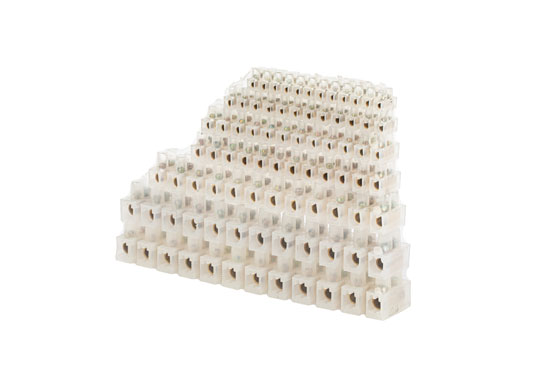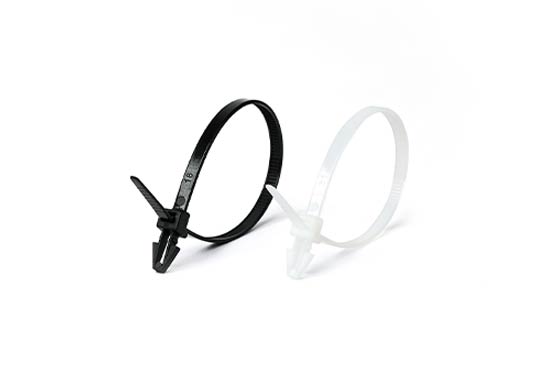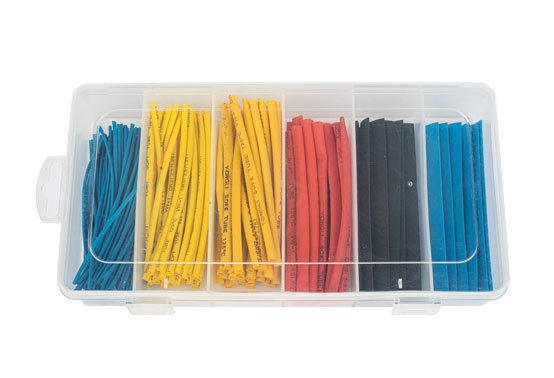Tel
0577-62795555
Tel
0577-62795555
Cable management is a crucial aspect of maintaining an organized and efficient environment, whether it's in your home, office, or industrial setting. Nail hooks for cables have emerged as a simple yet effective solution for securing and organizing cables. In this blog, we'll explore the benefits and best practices of using nail hooks for cables to achieve tidy and clutter-free spaces.
Nail hooks for cables are designed to securely hold and route cables along walls, ceilings, or any surface where nails can be driven. These hooks typically feature a U-shaped or J-shaped design that allows cables to be easily inserted and secured in place. Their design ensures that cables are kept off the floor or surfaces, reducing clutter and potential tripping hazards. Nail hooks for cables are commonly made from materials like plastic, metal, or a combination of both. When selecting nail hooks, consider the environment in which they will be used. For indoor applications, plastic hooks may suffice, while metal hooks offer added durability and resistance for outdoor or high-stress environments.
Nail hooks provide a simple and effective solution for organizing cables. By routing cables along walls or ceilings, you can prevent tangling, reduce clutter, and create a neater appearance in your space. Whether it's in your living room, workspace, or entertainment center, nail hooks contribute to a tidier and more efficient setup. Cables that are left lying on the floor or tangled can experience wear and tear over time. Nail hooks elevate cables off the ground, minimizing contact with surfaces and reducing the risk of fraying or damage. This is particularly beneficial for cables that are frequently moved or plugged and unplugged.
When installing nail hooks for cables, consider the layout of the space and the path that the cables will take. Place the hooks strategically to create a clean and organized route for the cables. Avoid placing hooks too close together to prevent overcrowding and potential cable entanglement. Different nail hooks have varying capacities for holding cables. Ensure that you choose hooks that can accommodate the number and thickness of cables you intend to route. Overloading hooks can lead to instability and cables falling off, defeating the purpose of cable management.
When driving nails to attach the hooks, make sure they are securely fastened to the surface. This prevents the hooks from coming loose and cables from falling. If using nail hooks in drywall or other delicate surfaces, consider using anchors to ensure a stable attachment. As you route cables along the nail hooks, take care to create neat and organized lines. Use cable ties or Velcro straps to bundle cables together and prevent them from drooping or tangling between hooks. This attention to detail enhances the overall appearance and effectiveness of your cable management setup.
Nail hooks for cables provide a straightforward yet effective solution for maintaining organized and clutter-free spaces. By securely holding and routing cables along walls and ceilings, these hooks contribute to improved cable management, reduced wear and tear, and a neater overall environment. Whether in residential or commercial settings, the use of nail hooks can make a significant difference in achieving efficient and visually appealing spaces.



